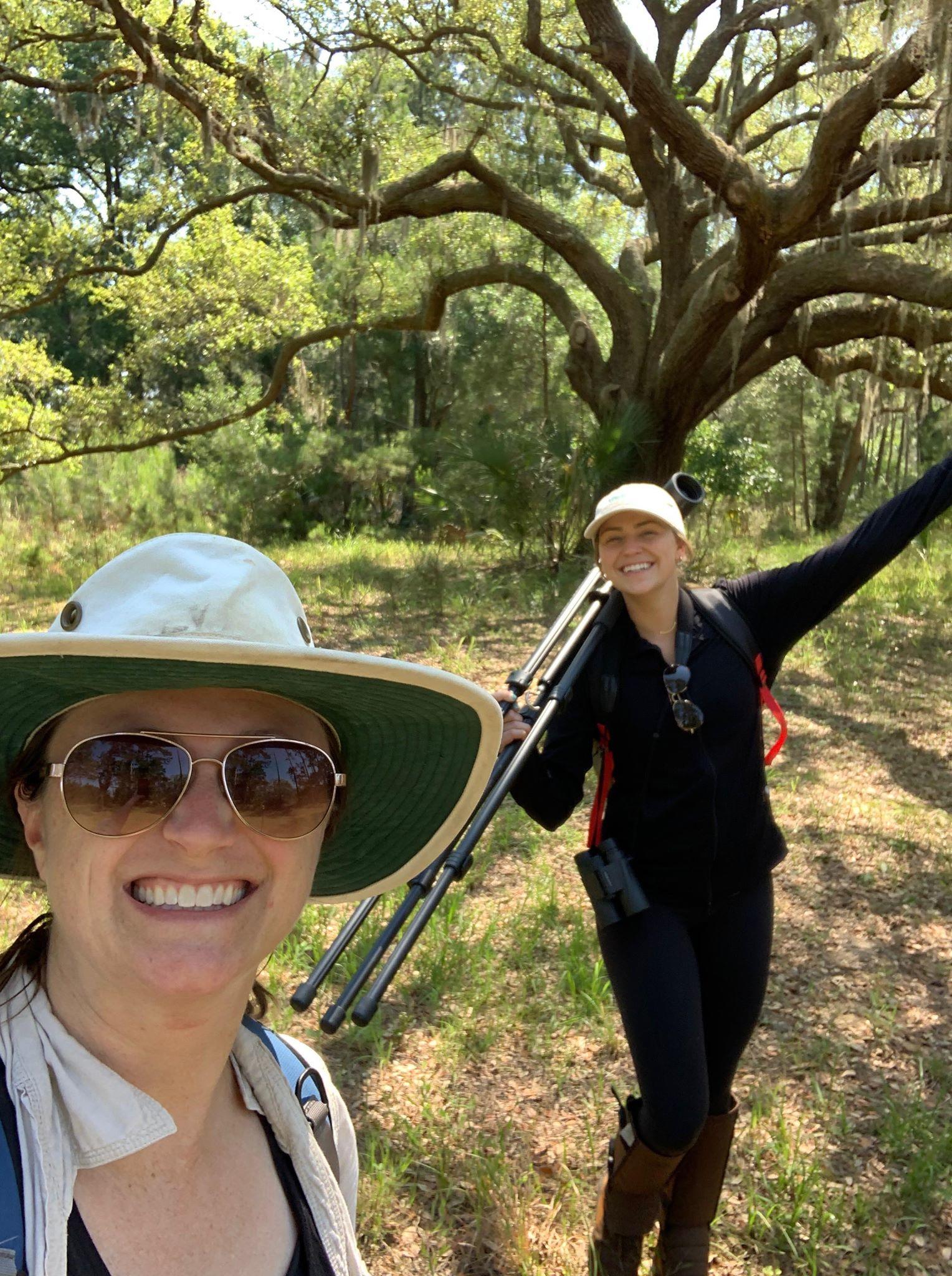“We’re meeting at South Fenwick Island at 7 a.m. Wear pants and hiking shoes, I’ll bring snake-gaiters for you. I’d bring a hat, sunscreen, binoculars, bug spray, water, food, and whatever else you may want to bring. Give me a shout if you have any questions, and thanks for coming!”
These were the only instructions I received from Jennifer Tyrrell, Audubon South Carolina’s Bird Friendly Communities Coordinator, before embarking upon my very first bird count.
As a matter of fact, I did have a few questions leading up to and throughout my experience.
1.) First things first: What on earth is a snake-gaiter!?
While the term initially raised my concern of a face-off with a hybrid snake-alligator swamp creature, I learned that snake-gaiters are worn over pants to protect you, from your ankles to your knees, from pit vipers such as rattlesnakes, copperheads, and water moccasins. Comforting, right!?
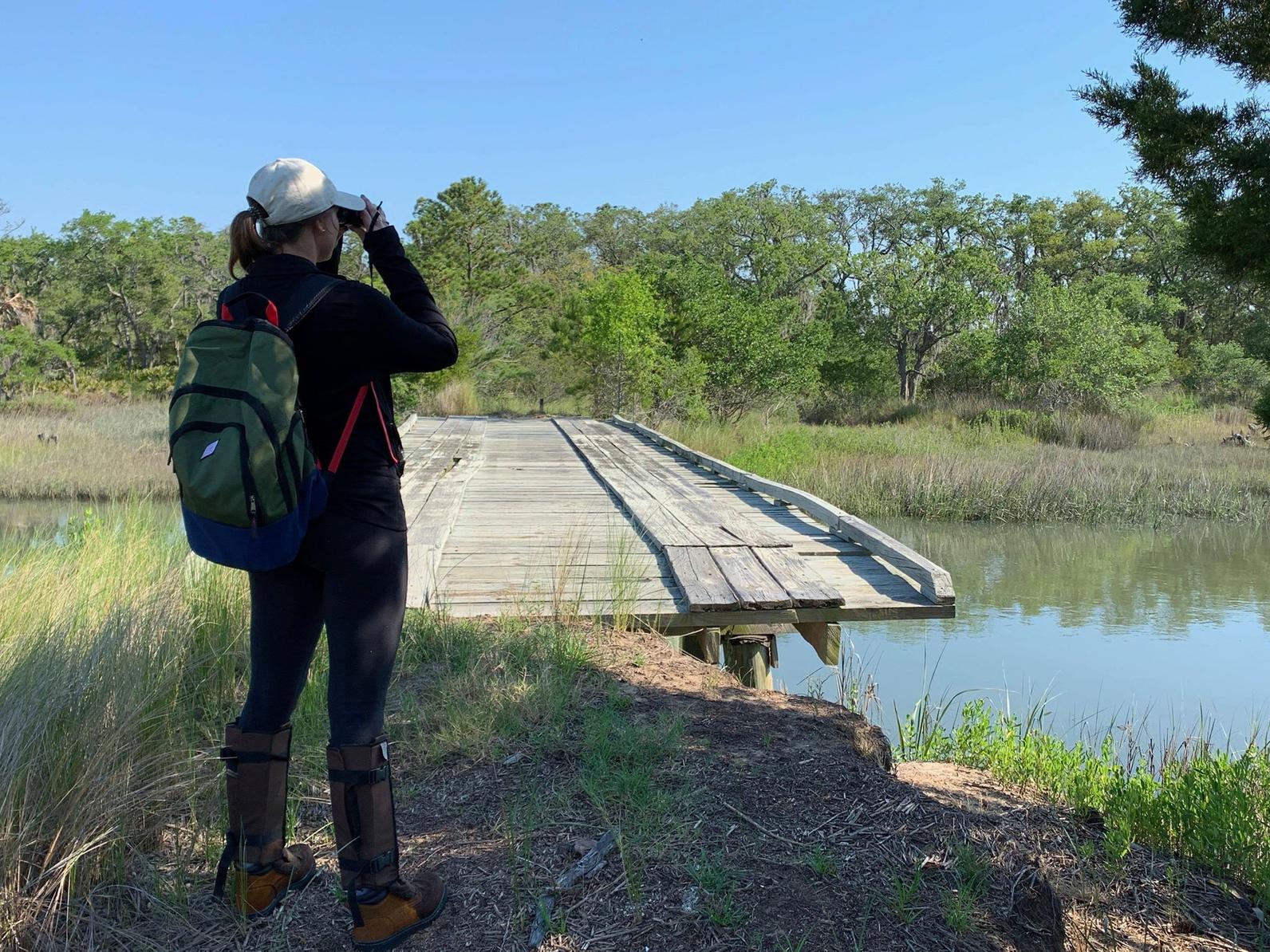
2.) Do any birders have a normal sleep schedule?
Fully embracing how much of a newbie I was, my pre-adventure prep consisted of packing my bag with last-minute Wal-Mart finds and eagerly waiting for my morning alarm.
4:15 a.m. came quickly, but the quiet, one-and-a-half-hour car ride south to the Michael D. McKenzie Field Station near Edisto Island bolstered my anticipation for the journey ahead. Linking up with our Jennifer and our devoted volunteers—Pamela Ford, Carl Miller, and Craig Watson—we received further directions and a private boat trip from Matthew King, who works for the South Carolina Department of Natural Resources.
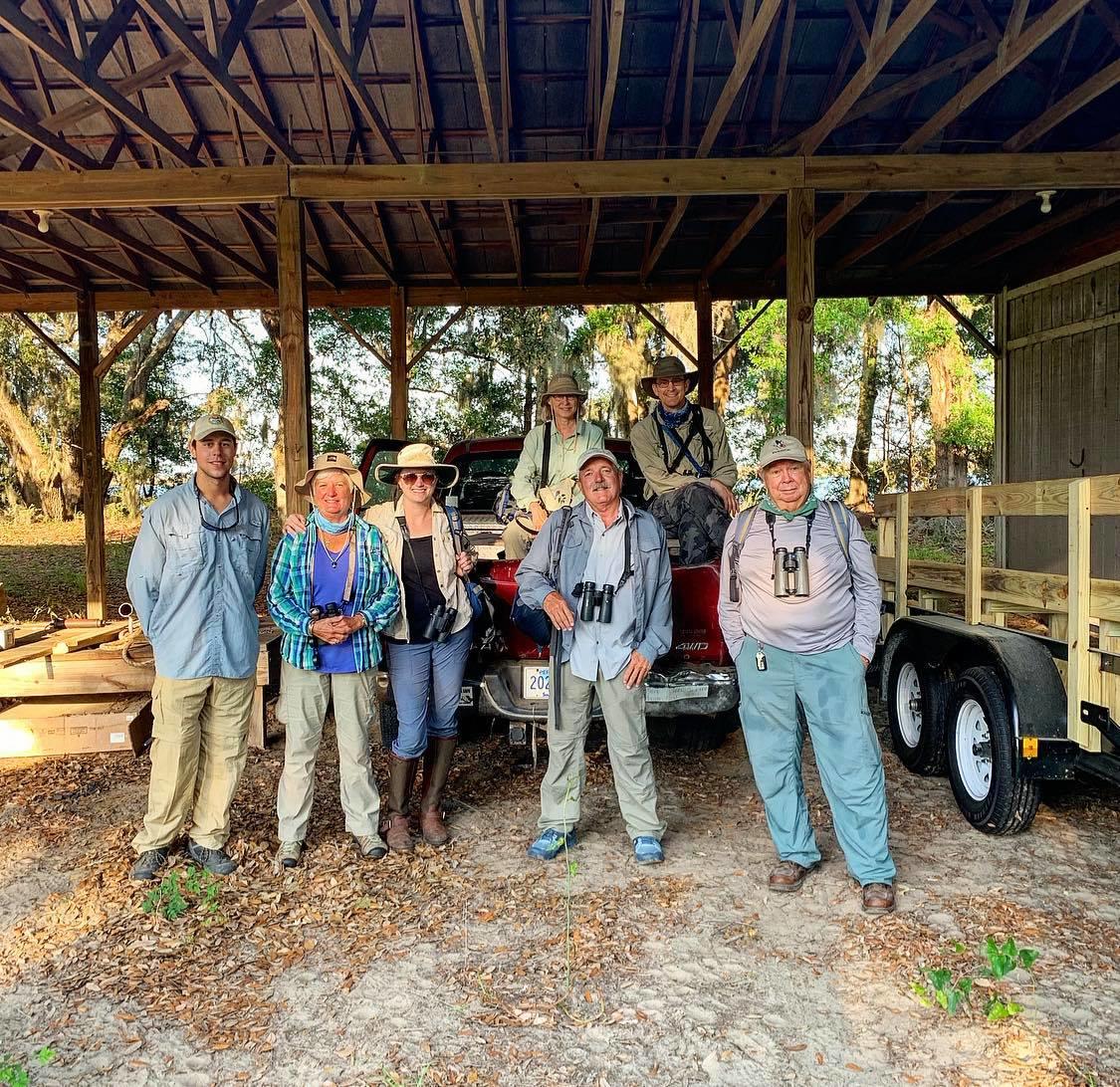
3.) Why were we doing a bird count at South Fenwick Island?
As part of his duties as the Field Station Manager of Michael D. McKenzie Field Station and Regional Biologist in the ACE Basin for SCDNR, Matthew oversees South Fenwick Island, along with his various other responsibilities. The South Fenwick Island Tract is strategically located in a priority conservation area known as the ACE Basin, which benefits a massive amount of waterfowl, wading birds, migratory songbirds and game species. The property is a Wildlife Management Area (WMA) protected through a Ducks Unlimited Conservation Easement.
The water that day was crisp, flat as a pancake, and a pipeline to a new experience. The uninhabited island touted tall grasses full of chiggers, ticks and untouched beauty.
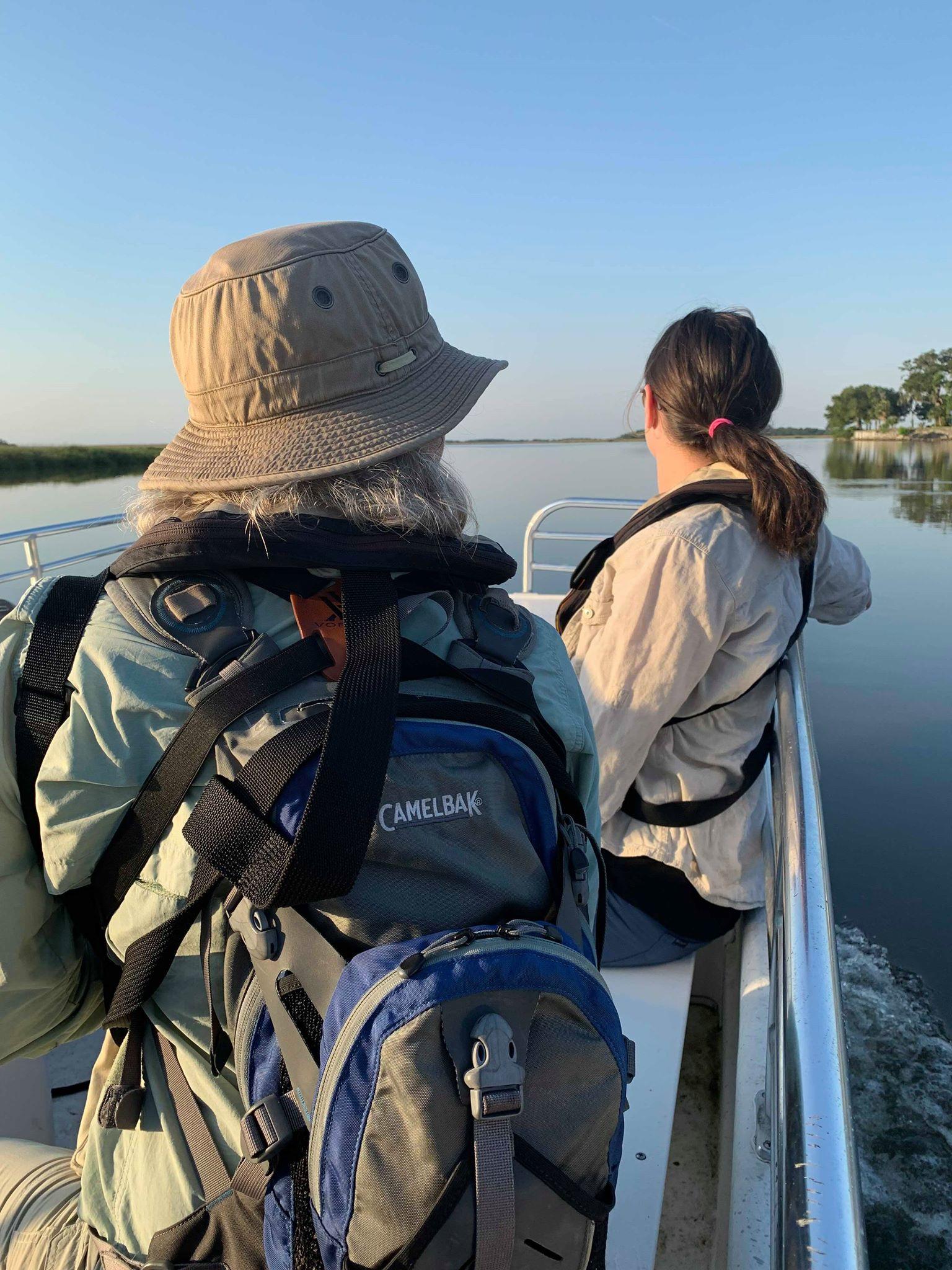
4.) What is a chigger?
Chiggers are tiny pests—the juvenile form of a species of mite that belongs to the Trombiculidae family. They attach themselves to humans and feed on skin cells, which can lead to mild to severe itching (sweet).
5.) What are the rules of the game?
Listen intently to every sound. If you hear anything that could be considered a bird call, clutch your phone and eBird app like it’s your lifeline—spoiler alert: it is. Douse yourself in bug spray every 15 minutes. (Pro tip: did you know that generic kids’ bug spray does absolutely nothing to fend off those small, winged devils known as mosquitoes and deer flies? Consider it a lesson learned.)
Armed with a scope, binoculars, eBird and Jennifer’s expertise, we spread out across a total of four territories, with the mission to divide and conquer, counting as many species as possible before noon.
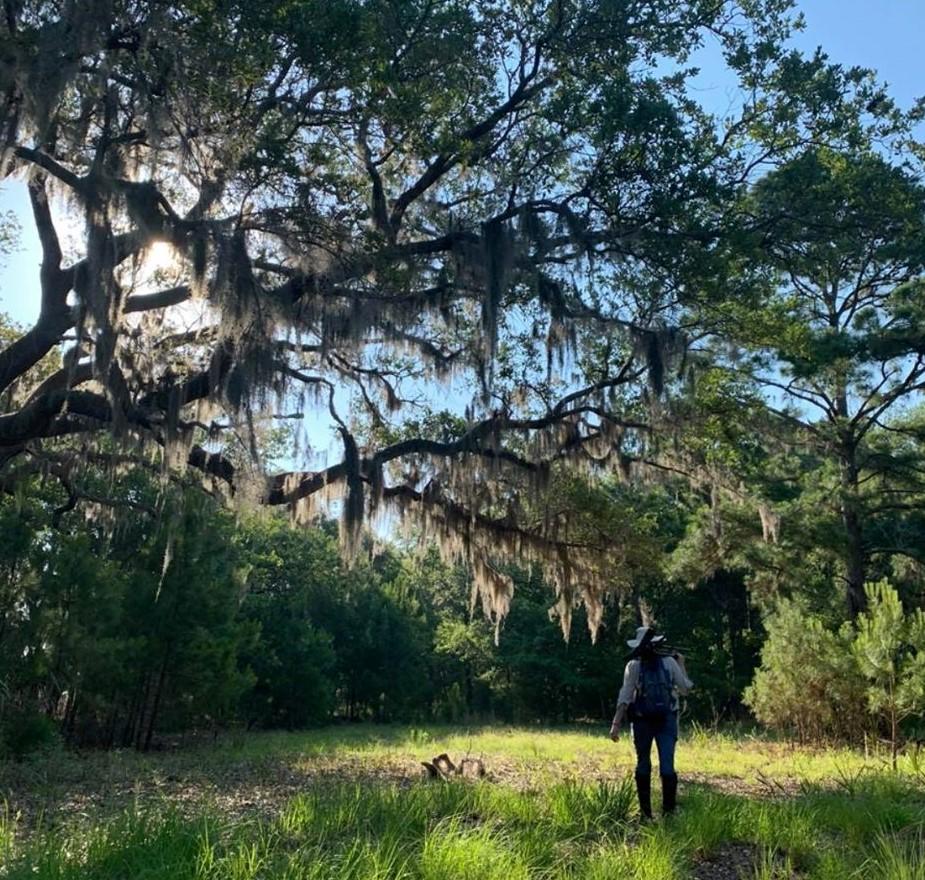
6.) Does the buzzing ever stop?
With deer flies circling us like the vultures we sought out for, I asked my fellow bird counters—with naïve hope—if we would get any relief that day. Just know that the buzzing doesn’t stop, and more than likely, you’ll always have at least 30 mosquitos stuck on your pants.
7.) Is that a type of cheese??
Trekking through the shrubs and marsh of the island, I noticed a number of gorgeous flowers in full bloom.
“That flower is so pretty! What is it?” I asked Jennifer, who happens to be Audubon South Carolina’s resident expert in native plants.
“Rudbeckia.”
“Is that a type of cheese?” I asked, thinking the plants I’d been admiring were called “ricottas.”
Jennifer gently explained that, no, Rudbeckia is not a cheese, but a plant genus in the coneflower family. The species, commonly called black-eyed-susans, are native to North America and often cultivated in gardens for their showy yellow or golden flower heads.
8.) What was that call I heard?
Most of the time, it was a squirrel. But Jennifer was patient and excited to share tips and pointers on how to remember certain calls. For example, the White-eyed Vireo call mnemonically sounds like “Quick with the beer, Chuck!” My kind of bird.
9.) What were our final numbers?
Several pictures, bug bites and laughs later, the group tallied a total of 903 birds representing 68 species.
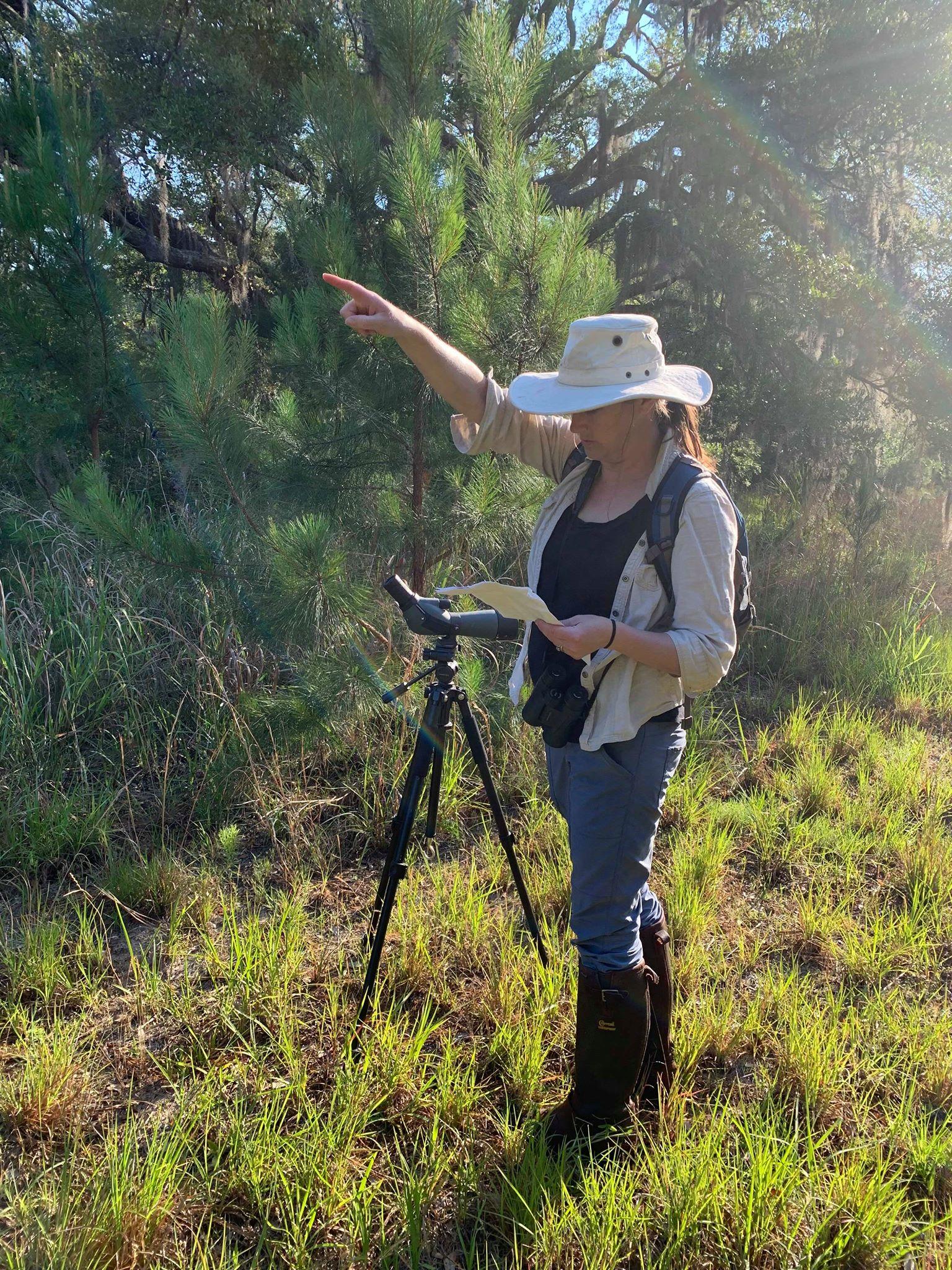
10.) What was my overall experience like?
As a first-timer, the South Fenwick Island Bird Count was an incredible, eye-opening adventure and a firsthand account of the enormous amount of work that Audubon and its dedicated volunteers contribute to the community science that is essential to our mission of protecting birds and the places they need to survive. After Jennifer taking me under her wing, I now aspire to classify as a beginning birder and Audubon advocate - save the birds!
